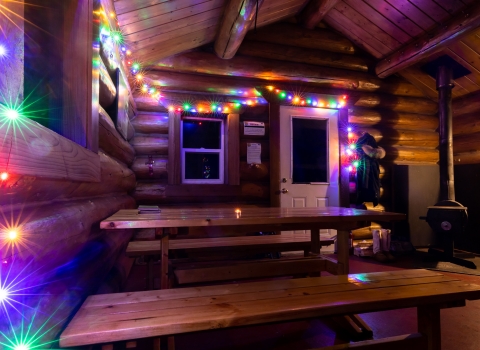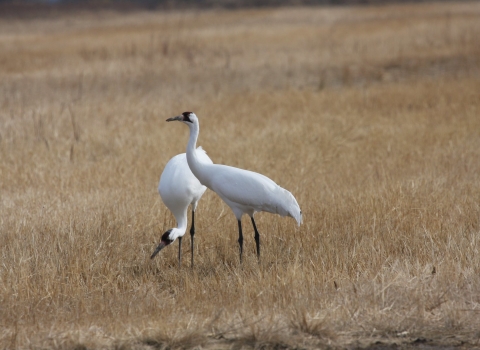Fish passage is the ability of fish or other aquatic species to move freely throughout their life to find food, reproduce, and complete their natural migration cycles. Millions of barriers to fish passage across the country are fragmenting habitat and leading to species declines. The U.S. Fish and Wildlife Service's National Fish Passage Program is working to reconnect watersheds to benefit both wildlife and people.
Learn more about fish passage , and reducing the size of the pond.
The DNR has determined that the dam is a barrier to upstream passage of aquatic organisms and fish, and interrupts the natural movement of large woody debris. The dam pond causes stream temperatures to rise to levels not suitable for coldwater species, and traps drifting organic material which settles out in the pond. This "nutrient sink" reduces biological production downstream of the dam.
The proposed alternative that would address some of the concerns includes lowering the dam head one foot and constructing a fish passageway by placing rock rubble in the stream channel below the dam, allowing fish to pass upstream. The lower height of the dam would reduce the pond size, therefore reducing temperature increases during the summer. Organic material and large woody debris would pass through the dam more easily. The reduction in the dam height would be done gradually to minimize erosion and to allow the plant community to convert from a ponded wetland to a wetland meadow. A sediment trap would also be constructed immediately upstream from the dam to further minimize transport of sediment during the period that the dam is lowered.
The EA was prepared in compliance with the National Environmental Policy Act (NEPA) which applies to the actions of all Federal agencies. This project is proposed by the DNR for funding under the Federal Aid in Sport Fish Restoration (Dingell-Johnson) Program which is administered by the Service.
Copies of the draft EA are available at the Gaylord DNR Operations Service Center, 1732 M32 West, Gaylord, MI 49735 (tel.: 989-732-3541) and from Ms. Deborah Feldpausch (telephone: 517-373-3375) DNR, Fisheries Division, P.O. Box 30446, Lansing, MI 48909. Written comments should be sent to Steven Sendek (989-348-6371 ext. 7477) at Michigan DNR, 1955 NI75 (Business Loop), Grayling, Michigan 49738; via e-mail to http://midwest.fws.gov
U.S. Fish & Wildlife Service | | | | | | |


